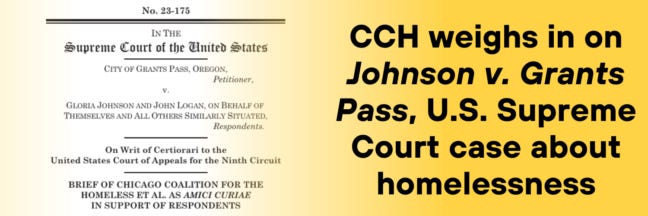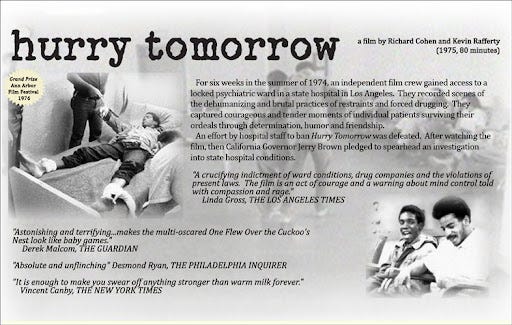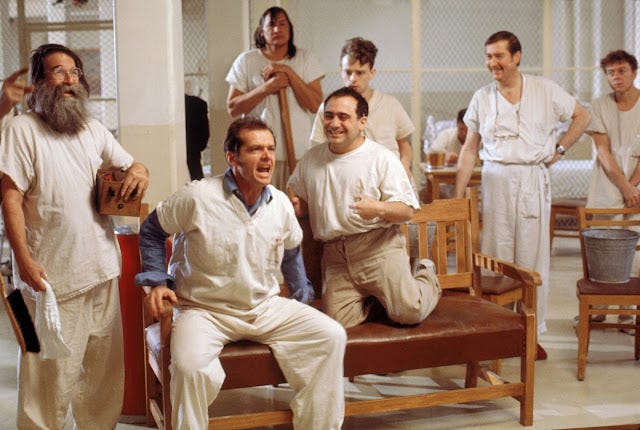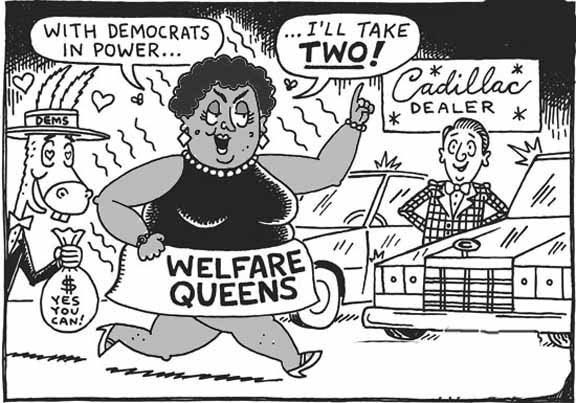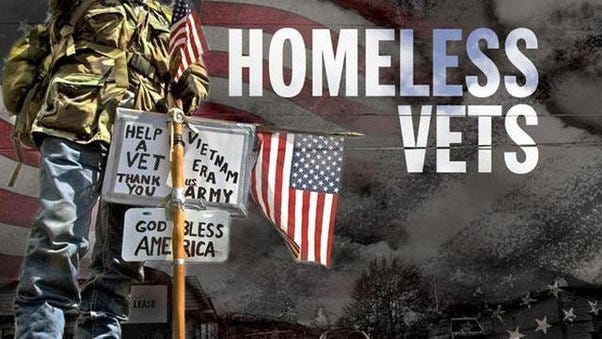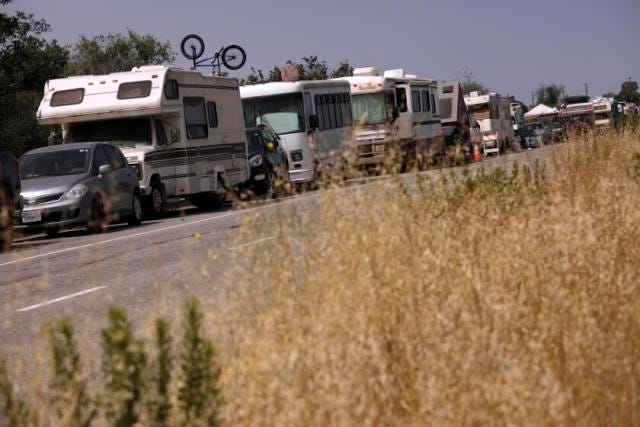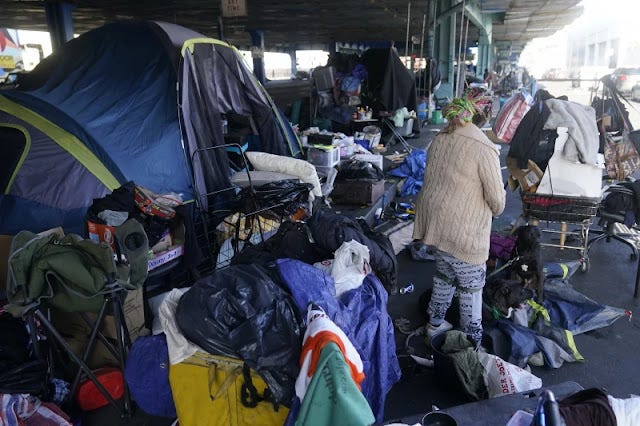Why Visit this Now?
The Supreme Court is going to hear arguments this week regarding new laws that will essentially outlaw the homeless - fyi, “unhoused” sounds stupid to me, and I think it diminishes the problem.
A city in Oregon (Grant's Pass) wants to solve its homeless problem by outlawing homelessness. The Court will decide if a municipality can write citations, fine, and jail people who sleep outside on public property. Grant's Pass was very open about the reasoning for this. City management wanted to make it so difficult for the homeless in their city that they would "move on."
The state of Florida and cities in nearly all states (including my own beloved California) have passed similar laws. The Supreme Court will decide if these restrictions are legal, given there is not enough housing for the homeless.
How Did We Get Here?
If you ask visitors what in America surprises them, you will get a host of positive and funny answers. My friend from Albania said that the first time she came, she wanted to see if Americans really drank big cups of coffee WHILE walking around. She and her friends had seen it in the movies and didn't believe it.
You will also get two negative answers constantly.
1) Why are there so many guns?
2) Why are there so many homeless?
When I was young, there were exponentially fewer homeless people. (FYI - this is not an old man with the "when I was a boy, we walked 2 miles to school" story.) There was a reason for the increase, and I watched it unfold. Oddly, it was primarily done with good(ish) intentions.
In High School (somewhere between 1975-1976), we went on a field trip to the Norwalk (CA) Psychiatric Hospital. I do not know why this was considered appropriate for high school students, but in retrospect, I am glad it happened. The hospital was a mental support facility with a high success rate. It also housed longer-term patients that had nowhere else to go. It was not a great facility, but one that operators thought was necessary. We might have visited because it was a bit infamous.
Norwalk Psychiatric Hospital
In 1975, this same hospital was the subject of a documentary from film makers Richard Cohen and Kevin Rafferty titled Hurry Tomorrow, which alleged that there was coercive drugging of patients with the sedatives Chlorpromazine and Prolixin. In December, 1976 The CBS Evening News with Walter Cronkite ran a story about patient deaths at Metropolitan and Camarillo State Hospitals, and the story featured scenes from Hurry Tomorrow.
In 1975, Americans again "saw" the inhumanity side psych wards in One Flew Over the Cuckoo's Nest. Good people were determined to do something about these evil institutions.
And so we did.
The First “Solution”
Sometime after Ronald Reagan was elected President, the government closed psychiatric hospitals in favor of group homes or outpatient support. There was widespread support as most of the country assumed mental hospitals were torture palaces. However, funds for "outpatient support" were cut very quickly. Effectively, those hospitals turned out everyone but the incarcerated or those with very severe illness. The rest were dumped on the streets with support systems that differed by state. Over time (and through economic problems), almost all state support had dried up, and by about 1985, nearly all of these people were homeless on the street with little to no support in place.
But "all these people" were a minuscule amount compared with today. And since they were mentally ill, there was not citizen support to house them -and therefore pay for them. And the public accepted the situation with the assumption there was nothing we could do.
Early Growth of Homeless Populations
The homeless population grew slowly at first when more people with mental illness had nowhere to go, and we all accepted it as inevitable. The hospitals for short-term stays had closed across the country. From the late 1980s through about 2000, the number of homeless grew at a slow rate, and, at the same time, economic support for homelessness fell to a fraction of what was needed. It was an accessible budget item to cut for cities and states whenever there was a downturn in the economy. And the public accepted the cuts because there was little change to homelessness rates regardless of the amount spent. The fact that many of these homeless had mental problems allowed the public to group everyone under the “unhelpable” label.
The View of the Homeless
And then... Starting in 1982, Reagan cut the budget for social services like Aid to Families with Dependent Children (welfare). Why didn't Americans complain at the time? Remember Reagan's talk about Welfare Queens driving Cadillacs to buy steaks with food stamps? It was bullshit, but it was an easy out to stop providing help. And it only got worse.
Reagan-era cuts also extended to Veterans, especially from Vietnam. The entire country felt guilty about that war, and that made it easy to ignore the problems that veterans had. And almost no one from the government tried to help. This was before Afghanistan and Iraq, where the military and most of us Americans now realize that war screws with soldiers psyche and self-worth.
After Reagan, Jimmy Carter's attempts to help the poor among us were written off by much of the public as a worthless act by an overly religious nut case that was driving the country into the ground. Democrats and Republicans refused to take up his advice.
Bipartisan Indifference
President Bill Clinton was no better in terms of government support than President Reagan. Clinton made a deal with the Republican House of Representatives to cut welfare almost entirely. The administration bragged about how they were moving people from Welfare to Work. The changes did not do that. It just removed welfare for hundreds of thousands of people. And the federal government gave the money to states for the first time so the states could administer it. States, it turns out, are horrible managers of funds for non-voters. The states had no incentive to re-engage with the federal government and feared that their budgets would be pulled back from the state to the federal level.
Still, through 2008, we could all pretend that those on the street were either mentally ill (which we could do nothing about) or people who lost welfare because they didn't want to work. This allowed the public to turn from worry about the health of people into a disappointment in the work ethic of the homeless.
The housing bubble and depression of 2007 - 2009(ish)
This collapse of housing value, coupled with the loss of employment, sent many Americans into homelessness—even if they worked. People had to live in cars, RVs, and sometimes even tents while trying to find work. And we accepted it because it then because it was temporary.
When the economy came back, many of the homeless were left out of the upturn and stayed on the streets and cars - and we didn't notice because we were a bit afraid the economic growth was temporary. We had no time to help people who were “voluntarily” homeless - which we decided they were.
More homelessness led to more begging, more squeegees, and the appearance of a lot more crime.
Then, when the economy started zooming, homelessness seemed to decline. We all breathed a sigh of relief as we had "solved" the problem. But it had just became less visible.
The Homelessness Today
Today, there is an entirely new class of homeless people who work but can't afford the city prices for rent. You can see them (in LA at least) lined up on Jefferson Blvd near the nature preserve. And we don't think, "Wow, we need to help these people," we think, "Get a job and house; you're screwing up the nature preserve, and I can't walk there anymore." or "You're lowering property values, get out." In response, they moved to public or semi-public land where residents couldn't kick them out.
And now, we generally think of homeless as homeless by choice, or drug addiction, or mental illness. And we ignore it. We rarely think of them as individuals, just as a group called “homeless.” Just as we look at Italians, blonds, or divorced people as a subset of the population, we have made the homeless just another group we can ignore at will.
We had moved from caring about the mentally ill to not caring about the 650,000 homeless now. Our compassion had turned off, not because we don't care, but because there is "nothing we can do." Because we are overwhelmed. And since they are now visible as a large group, we are trying to move them from where we live and work. We "know" we can't fix the issue, so we hide it.
And we end up at the Supreme Court.
What Happens if the Supreme Court Allows Cities to Ban Homelessness"?
Here we are in uncharted territory. Governments are trying to force the homeless to move on as someone else’s problem. Interestingly (to me), the idea that the homeless are “moving into the city or state” is not valid. In California, 90% of the homeless never leave the county they lived in previously. The problem is not that cities are attracting the homeless; the homeless become so due to conditions where they lived and worked.
Various Entities have tried Solutions Piecemeal.
Salt Lake City was once lauded for providing free housing that saved the state $8,000 per person. Within a few years, however, the project was found to have made little dent in the community.
Various cities in California and the Western states have implemented—or are implementing—groups of tiny homes to try to build a sense of community and support. It works as long as government support is in the camp every day, but if that support stops, the tiny home camps become just a way to hide the homeless from sight.
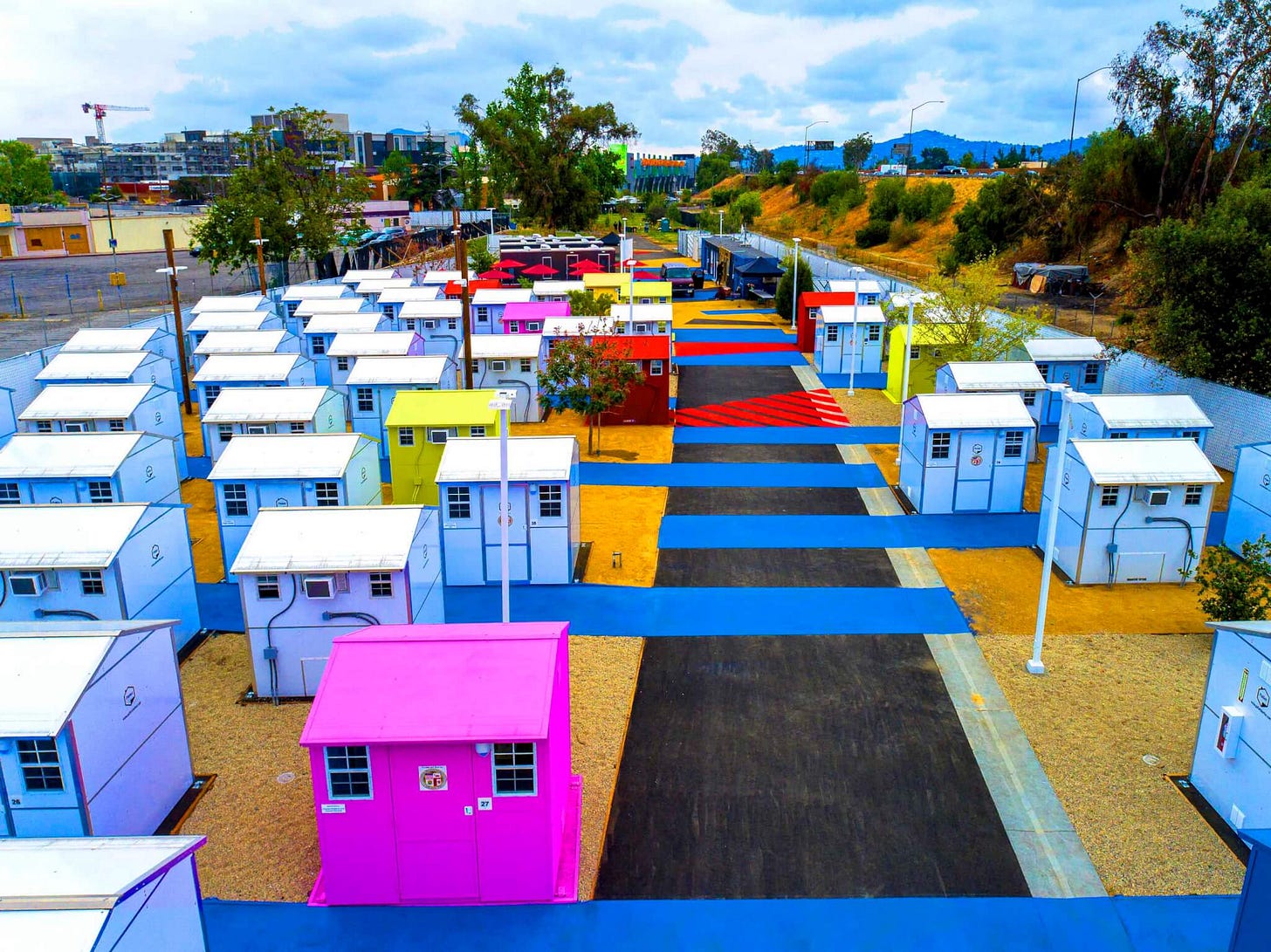
Some cities and volunteers visit the homeless camps to provide mental and physical support. However, there are so many homeless that spreading this support out dilutes it so much that people drop through the cracks in-between visits.
Is There a Lasting Solution?
Of course, there are lasting solutions. Many other advanced economies don’t have this problem. But it takes time, money, and strategy. The United States has some strategies by state but very little at the federal level. And, critically, we don’t have money for this. This lack of funds is by choice.
We have the money. However, for most Americans, the priority is lower taxes, not more help for the homeless. The homeless do not vote, so the desire for the government to help them does not override the desire of voting people to pay less in taxes.
The more pressing question is what happens if the Supreme Court allows Grant’s Pass to continue outlawing homelessness. I assume this solution will spread nationwide if it holds up.
If so, we move into a new and scary phase of NIMBYism.



